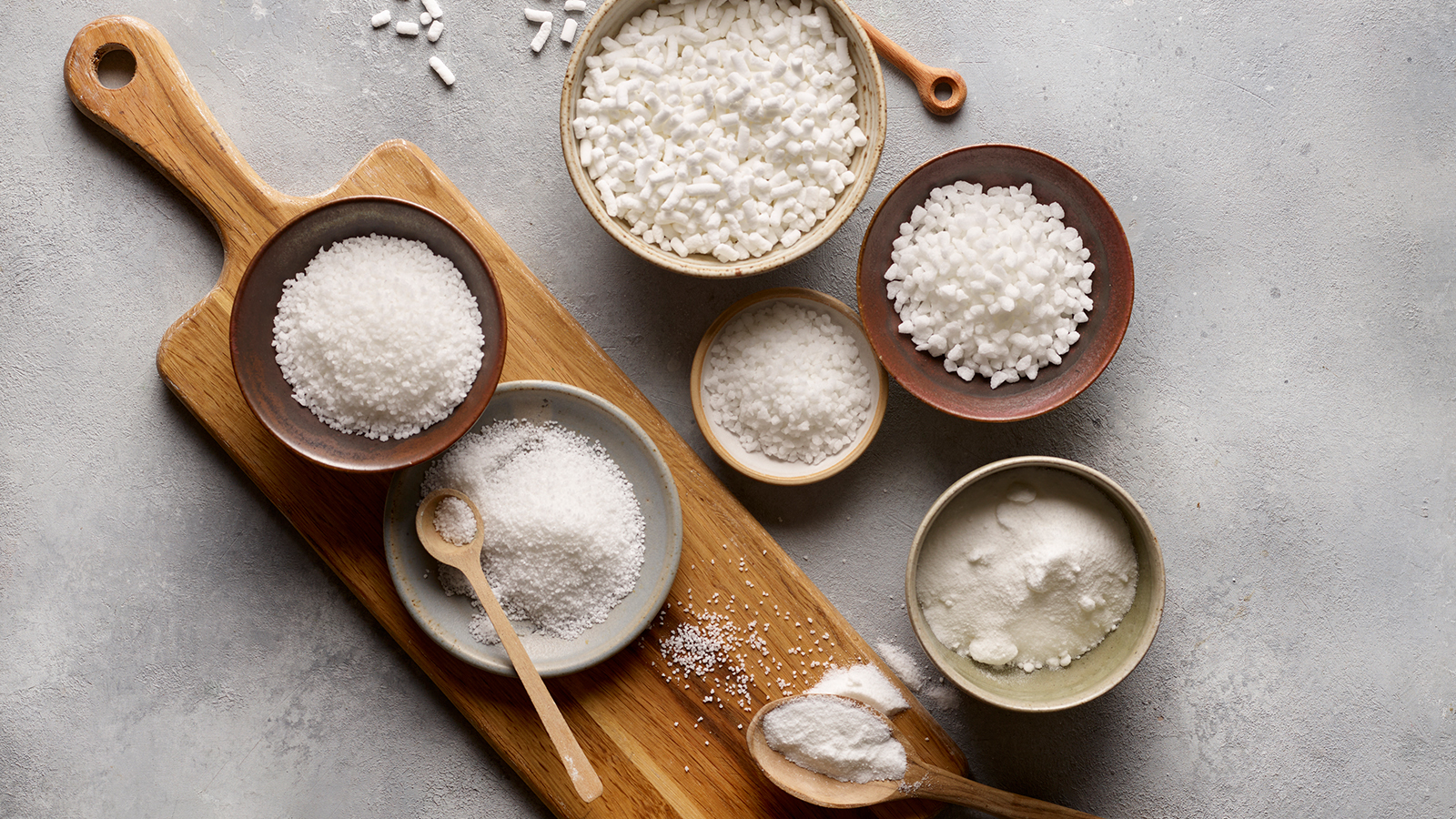We got ourselves a bit confused by these questions when adding the new Molino Bongermino range of Italian flours so we thought that we need to get our own house in order before confidently talking about them. Semolina or Semola or even Semolato - Here is our guide to demystify these flours which we hope you will find useful.
Some basics – Semolina or Semola and what is it for?
Let's get an easy one out of the way. Semolina and semola are interchangeable terms: in Italy it is referred to as semola. In English-speaking countries this became semolina.
Then, semolina is usually a short-hand for Durum Wheat Semolina, that is, the yellow coarse powder that we're familiar with for making fresh pasta (2:1 semolina:water and a pinch of salt), in puddings, in traditional Italian bread such as pane di Altamura (although many prefer the rimacinata for bread), or simply for dusting for bread or pizza peels.
But there is more to it. Durum wheat is made into other relatives of what we know as semolina. Read on to find out.
What is Semolina (or Semola)?
Semolina, or Durum Semolina, to give it its full name, is the result of milling durum wheat - in the same way that flour is the result of milling softer wheat. The durum wheat grain is a very hard and crush-resistant when compared to soft wheat, and for this reason it requires special attention during the milling process.
Durum Semolina is obtained by grinding durum wheat grain (Triticum durum), a herbaceous plant belonging to the grass family, grown mainly in warm places with very draining soils, such as southern Italy. The ear of durum wheat is composed of long awns and caryopsis (the grain), with an elongated and angular amber yellow shape.
Semolina is then the coarse, sharp-edged particles that arise from the milling of Durum wheat. As for any other wheat milling, it is wholemeal unless the bran fraction is removed, leaving the very yellow particles characterised by Durum wheat. When grain is roller-milled, it runs through grooves a little narrower than the width of the grains which knock off the bran and germ leaving behind the starch and bran. The remaining starch (endosperm) particles is flour or for Durum wheat, the sharp-edged semolina.
Semolina is generally used to make fresh pasta and can be used to make bread although it has a reduced flourinographic stability (how long it can be stretched and restretched before it gets exhausted) of only about 5 minutes. Rimacinata (below) is often recommended instead.
Re-milled Semolina or Semola Rimacinata
When semolina first emerges from the roller-mill, it’s quite coarse, similar in appearance to a coarse maize (like the Mulino Marina Coarse Maize). It makes a lovely, chewy loaf and can be used to make puddings and pasta. As the name suggests, the coarse semolina is re-milled to make it much finer, giving a consistency much closer to a typical bread flour, but in yellow.
Rimacinata has a variety of uses including cakes, biscuits and bread, including Altamura, Matera, Laterza and also many traditional Sicilian breads.
And other variants, “Senatore Cappelli” and Semolato?
Senatore Cappelli is the name given to an old strain of durum wheat, named after a senator from southern Italy in the early 20th century. It has lower gluten, lower sugar and is richer in magnesium, potassium and vitamins B and E than the modern variety and so is favoured by some for better flavour and nutritional content.
Semolato is still a durum wheat semolina but is very fine and with a higher fibre, vitamins and a lower glycemic index, making it a healthier option with the same taste and texture. Suitable for fresh and dry pasta.



















